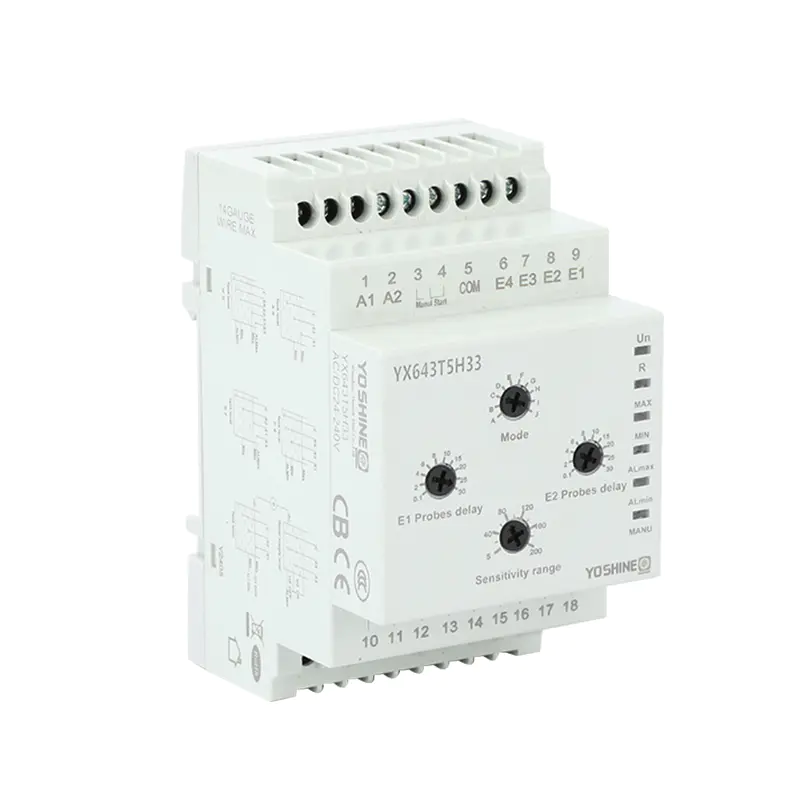A level controller relay is an essential component used in fluid management systems to monitor and control the liquid levels in tanks, reservoirs, or pipelines. It helps to automate the process of filling and emptying tanks, ensuring that liquids stay within the desired range without constant human supervision. This type of relay is commonly used in industries such as water treatment, chemical processing, agriculture, and food production.
The basic function of a level controller relay is to receive input from sensors that detect fluid levels and then activate or deactivate pumps, valves, or alarms based on those readings. For example, if the fluid in a tank drops below a certain threshold, the relay can turn on a pump to refill the tank. Conversely, if the fluid reaches a high-level point, the relay can stop the pump or trigger an alert to prevent overflow.
There are several types of sensors that can be used with a level controller relay, such as float switches, conductivity probes, ultrasonic sensors, or pressure transducers. The choice depends on the nature of the liquid, tank design, and the required level of precision. The relay acts as the control unit that interprets signals from the sensors and responds accordingly.
One benefit of using a level controller relay is that it enhances safety by preventing conditions such as dry running of pumps or overfilling of tanks. These situations can lead to equipment damage, system failure, or environmental issues. Automating the level control process reduces the need for manual monitoring and intervention.
Another advantage is its contribution to system efficiency. A level controller relay ensures that liquids are used and managed consistently, avoiding interruptions in operations caused by low or high fluid levels. This is particularly useful in processes where continuous flow or consistent liquid supply is critical.
Installation and configuration of a level controller relay are usually straightforward. Most units are designed to fit standard electrical panels and allow for adjustable sensitivity, time delay, and relay logic. This makes them compatible with different systems and easy to maintain.
Some level controller relays come with features like LED indicators, DIN rail mounting, and multi-voltage compatibility. These features help operators quickly understand the status of the system and make necessary adjustments.
In terms of applications, a level controller relay is widely used in sump pits, overhead tanks, cooling towers, and chemical storage units. It is particularly important in automated industrial environments where liquid handling must be accurate and reliable.
In conclusion, the level controller relay is a valuable component in managing liquid levels across various industries. Its ability to automate processes, improve safety, and support efficient operation makes it an important tool in modern control systems. By choosing a suitable relay and integrating it properly, users can maintain better control over fluid systems with reduced manual effort.
